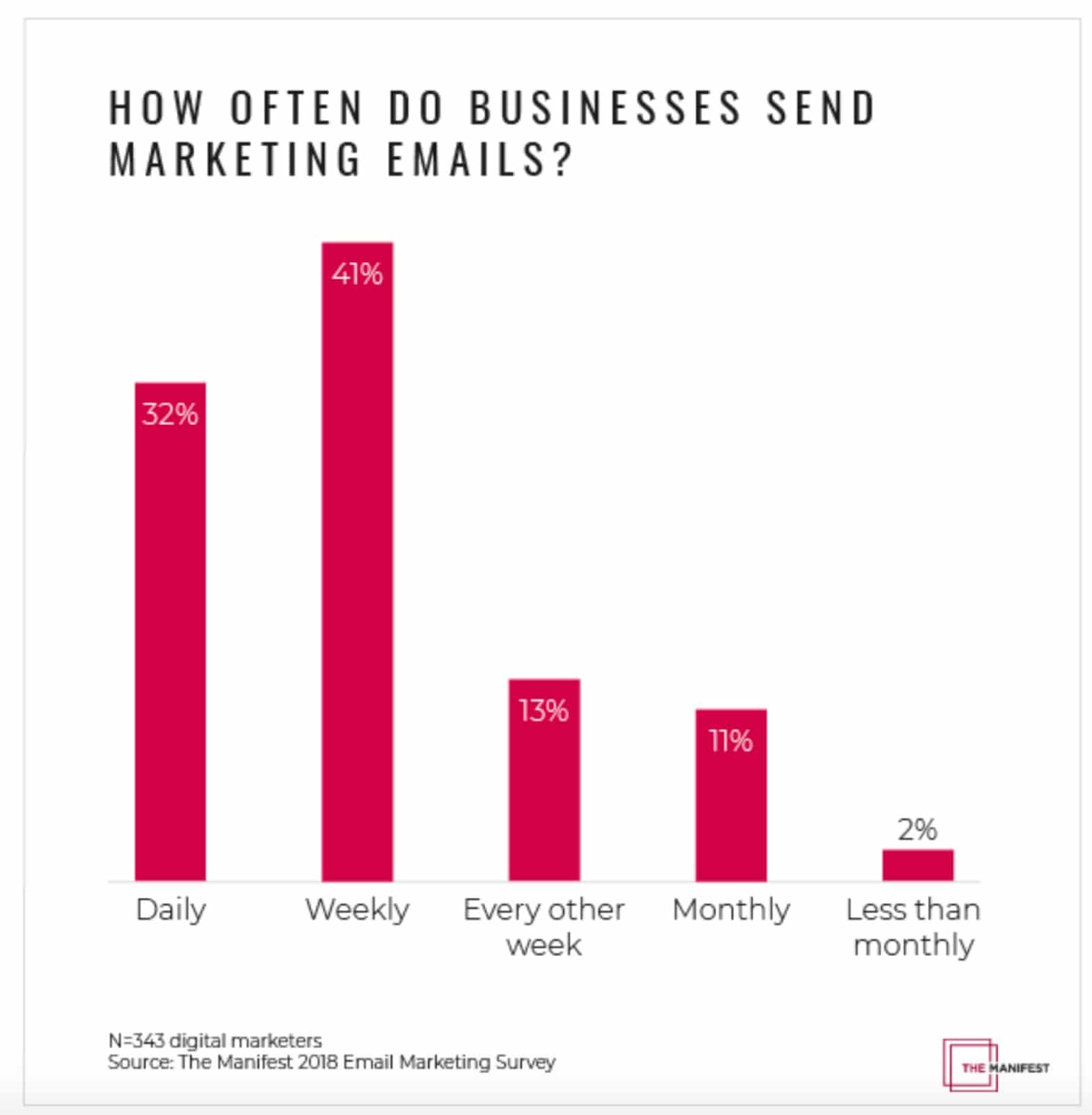Email marketing is essential to any business, no matter the size. However, finding the perfect send ratio can be difficult for those who rely on their customers more frequently, such as nonprofits.
Nonprofit emails are used for various reasons; however, they’re more commonly used to ask for donations to help further the cause the nonprofit is supporting.
Sending emails is one of the simplest ways to spread the word about donation collections.
What is a nonprofit?
A nonprofit organization (NPO) is a business that’s been granted tax-exempt status by the IRS because it helps to further a social cause and provide a benefit to the public. Most people simply know an NPO as a group that serves a “greater purpose” and runs off of public donations to both continue the business and provide the services they promise.
How can nonprofits benefit from email marketing?
Email marketing is the number one way for brands to consistently deliver a worthy return on investment (ROI). In fact, email marketing produces a 4400% ROI, which breaks down to $44 for every $1 spent.
Email consistently delivers close to double the ROI of any other digital marketing channel.
As wonderful as email marketing are, there’s a fine line marketing teams have to walk before their subscribers get annoyed and no longer want to hear from them.
How often should nonprofits be sending out emails?
How often is too often when it comes to nonprofit emails? According to a recent study, this graph shows the general breakdown of how often businesses should send their marketing emails.
Source: Emma
If the average business is sending marketing emails each week, how would a nonprofit fare on that same schedule?
According to the Nonprofit Communications Trends Report for 2018, on average, nonprofits are sending out three email newsletters and two fundraising or advocacy appeals each month. When deciding if this fits with your nonprofit’s editorial calendar, it comes down to a few things:
- Your reader’s preferences
- How often you have high-quality and relevant information to give them
Determining the ideal send frequency for your nonprofit can be determined by providing users with a preference center—allowing them to choose what they want to see and how often—or by running a few A/B tests to determine the best results of when to send and how often.
How to measure the success of your nonprofit email schedule
Whether your nonprofit has sent out email campaigns in the past or is merely starting, when determining the success of your nonprofit email schedule, knowing what to measure and how to measure it is vital. The best way to determine your campaign’s success is to monitor key performance indicators (KPIs), such as:
- Open rate
- Click-through rate
- Unsubscribe rate
- Delivery rate
Your nonprofit should have already set ideal goals for these areas, so, after you’ve sent out your campaign, you can compare the numbers to your goal numbers. If they’re significantly lower, you’ll know you want to tweak the schedule and/or content.
Does send cadence really matter?
Yes. Nonprofit email send cadence does truly matter because, if your subscribers aren’t reading the content you send them, why are you wasting time and resources? Your email needs to be seen and, at the very least, clicked on to determine if users want to continue receiving your content.
What now?
The best way to determine the best nonprofit email send cadence is to partake in A/B testing prior to sending your first email campaigns. This will help you determine:
- How likely readers are to open your emails
- How often they’ll open your emails
- How likely it is to see them unsubscribe & more
Want to learn more about the process of A/B testing prior to sending out your next nonprofit email campaign? Check out how important it is and how Campaign Monitor can help you simplify the process.
